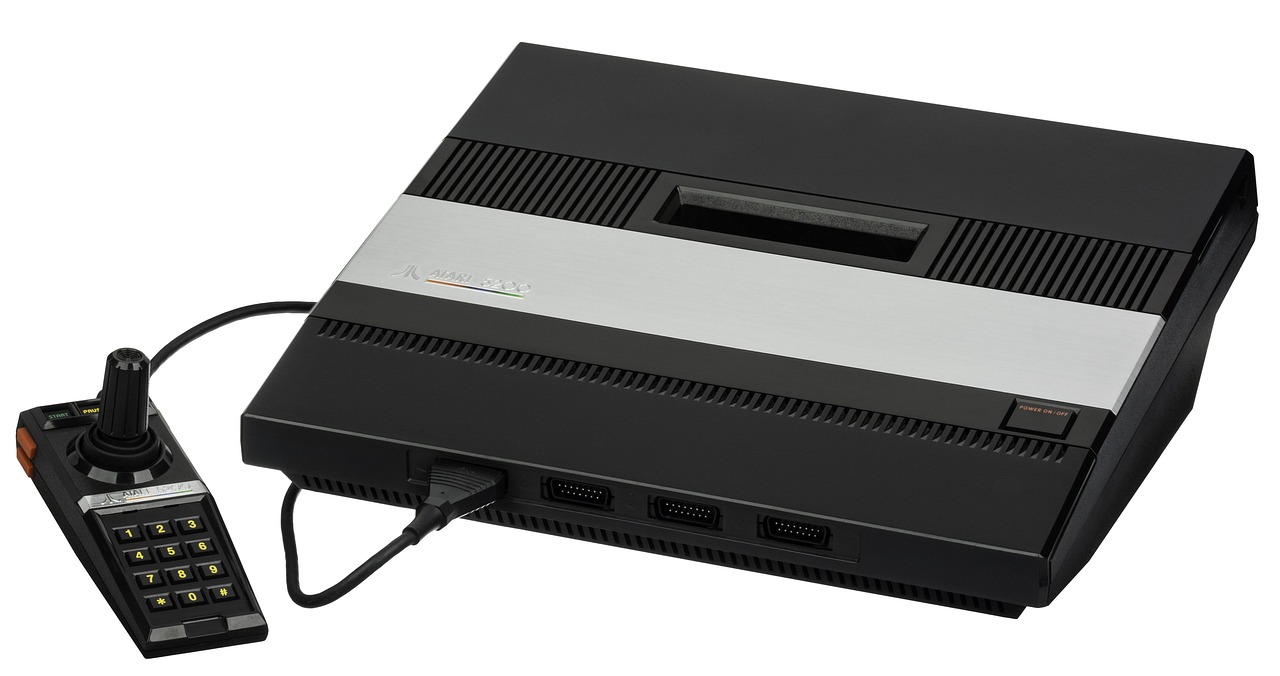Game publishers are the often-unsung heroes of the video game industry, playing a vital role in bringing our favorite games to life. Beyond simply putting a game on shelves (or digital storefronts), publishers handle a wide array of crucial tasks, from financing development to marketing and distribution. Understanding the role of a game publisher is key for anyone interested in the gaming industry, whether you’re a budding developer, an enthusiastic gamer, or an investor. Let’s delve into the multifaceted world of game publishing.
What Do Game Publishers Do?
Game publishers are businesses that finance, market, and distribute video games developed either internally or by external game development studios. They act as the bridge between the creative development process and the consumer market. Their responsibilities are diverse and essential to a game’s success.
Funding Game Development
- Providing Financial Resources: Securing funding is often the biggest hurdle for game developers. Publishers provide the necessary capital for development, covering everything from salaries and software licenses to marketing campaigns.
- Risk Mitigation: Game development is a risky venture. Publishers shoulder a significant portion of this risk by investing upfront in a project that may or may not be successful.
- Financial Planning: Publishers often assist with budgeting and financial planning, ensuring developers have the resources they need while remaining financially responsible.
- Example: A small indie studio might have a brilliant game idea but lack the funds to bring it to fruition. A publisher like Devolver Digital might step in, providing the necessary funding and expertise to complete and release the game.
Marketing and Public Relations
- Pre-Launch Buzz: Generating excitement before a game’s release is crucial. Publishers handle pre-release marketing, including trailers, gameplay demos, and social media campaigns.
- Media Outreach: Securing reviews and coverage from gaming journalists and influencers is essential for reaching a wider audience. Publishers manage media relations and ensure the game receives positive exposure.
- Community Building: Engaging with the gaming community is vital. Publishers foster community by running contests, hosting events, and actively participating in online forums.
- Example: Ubisoft’s marketing campaign for Assassin’s Creed Valhalla included numerous trailers, gameplay showcases, and collaborations with content creators to build hype prior to launch.
Distribution and Sales
- Physical Distribution: For boxed copies, publishers handle manufacturing, packaging, and distribution to retailers worldwide. While physical sales are decreasing, they remain a significant part of the market for some games.
- Digital Distribution: Publishers manage the game’s presence on digital storefronts like Steam, PlayStation Store, and Xbox Marketplace. This includes handling pricing, sales, and updates.
- Localization: Translating and adapting the game for different regions and languages is crucial for reaching a global audience. Publishers oversee the localization process.
- Example: Electronic Arts partners with retailers worldwide to distribute physical copies of their AAA titles like FIFA, while also managing digital sales through their own platform, Origin (now EA app) and other digital storefronts.
Types of Game Publishers
Game publishers come in various shapes and sizes, each with its own focus and approach.
AAA Publishers
- Definition: Large, established publishers that typically focus on high-budget, high-profile games.
- Examples: Electronic Arts (EA), Activision Blizzard, Ubisoft, Take-Two Interactive.
- Characteristics:
Significant financial resources
Global reach and distribution networks
Focus on blockbuster titles
Extensive marketing budgets
Indie Publishers
- Definition: Smaller publishers that specialize in working with independent game developers.
- Examples: Devolver Digital, Annapurna Interactive, Raw Fury, Team17.
- Characteristics:
More flexible and developer-friendly
Focus on innovative and unique games
Smaller marketing budgets, but often more creative campaigns
Strong relationships with indie development communities
Hybrid Publishers
- Definition: Publishers that combine elements of both AAA and indie publishing, often focusing on mid-sized projects with higher budgets than typical indie games.
- Examples: 505 Games, Focus Entertainment, THQ Nordic.
- Characteristics:
Balance between commercial appeal and creative freedom
Willingness to take risks on new IPs
Strong distribution networks with a focus on digital sales
The Publisher-Developer Relationship
The relationship between a game publisher and a game developer is crucial for a game’s success. A healthy, collaborative partnership can lead to innovative and critically acclaimed titles.
Contract Negotiation
- Key Terms: Contracts should clearly define the scope of work, ownership of intellectual property, revenue sharing, and milestones.
- Fair Agreements: Developers should seek legal counsel to ensure the contract is fair and protects their interests.
- Transparency: Open communication and transparency are essential for building trust and a strong working relationship.
Creative Input
- Balancing Vision: Publishers often provide feedback and suggestions on the game’s design and gameplay, but it’s important to balance this with the developer’s creative vision.
- Constructive Criticism: Feedback should be constructive and aimed at improving the game’s quality and marketability.
- Mutual Respect: Respecting the developer’s expertise and creative autonomy is vital for maintaining a positive relationship.
Marketing Collaboration
- Shared Goals: Developers and publishers should work together to create a marketing strategy that aligns with the game’s target audience and unique selling points.
- Developer Involvement: Involving developers in marketing activities, such as interviews and gameplay showcases, can add authenticity and credibility to the campaign.
- Community Engagement: Encouraging developers to engage with the gaming community can foster a sense of ownership and excitement among players.
The Impact of Self-Publishing
Self-publishing has become an increasingly viable option for game developers, thanks to the rise of digital distribution platforms and crowdfunding.
Benefits of Self-Publishing
- Full Creative Control: Developers retain complete control over their game’s design, marketing, and distribution.
- Higher Revenue Share: Developers keep a larger share of the game’s revenue compared to working with a publisher.
- Faster Time to Market: Developers can release their game directly to players without going through a publisher’s approval process.
Challenges of Self-Publishing
- Financial Burden: Developers must fund all aspects of development, marketing, and distribution themselves.
- Marketing Expertise: Developers need to have strong marketing skills or hire a marketing team to effectively promote their game.
- Limited Resources: Developers may lack the resources and expertise of a publisher, such as localization, QA testing, and customer support.
- Example: Games like Undertale and Stardew Valley* are prime examples of successful self-published indie games, demonstrating that with enough dedication and effort, developers can achieve success without a publisher.
Future Trends in Game Publishing
The game publishing landscape is constantly evolving, with new trends and technologies shaping the industry.
Cloud Gaming
- Accessibility: Cloud gaming services like Xbox Cloud Gaming and PlayStation Plus Premium allow players to stream games on various devices without needing powerful hardware.
- New Business Models: Cloud gaming opens up new business models, such as subscription services and pay-per-play options.
- Global Reach: Cloud gaming can expand the reach of games to regions with limited access to traditional gaming hardware.
Subscription Services
- Value Proposition: Subscription services like Xbox Game Pass and PlayStation Plus offer players access to a library of games for a monthly fee.
- Discoverability: Subscription services can increase the discoverability of games, especially for indie titles.
- Revenue Stream: Subscription services provide a recurring revenue stream for publishers and developers.
Emerging Markets
- Mobile Gaming: Mobile gaming continues to grow in popularity, especially in emerging markets like Asia and Latin America.
- Localization: Localizing games for specific regions is crucial for success in these markets.
- Cultural Relevance: Adapting games to local cultures and preferences can increase their appeal.
Conclusion
Game publishers play a vital role in the video game industry, providing the necessary funding, marketing, and distribution expertise to bring games to market. While self-publishing has become a more viable option for some developers, publishers still offer valuable resources and support. Understanding the different types of publishers, the publisher-developer relationship, and future trends in the industry is essential for anyone interested in the business of video games. The future of game publishing will likely involve embracing new technologies and business models to reach a wider audience and provide more value to players.




